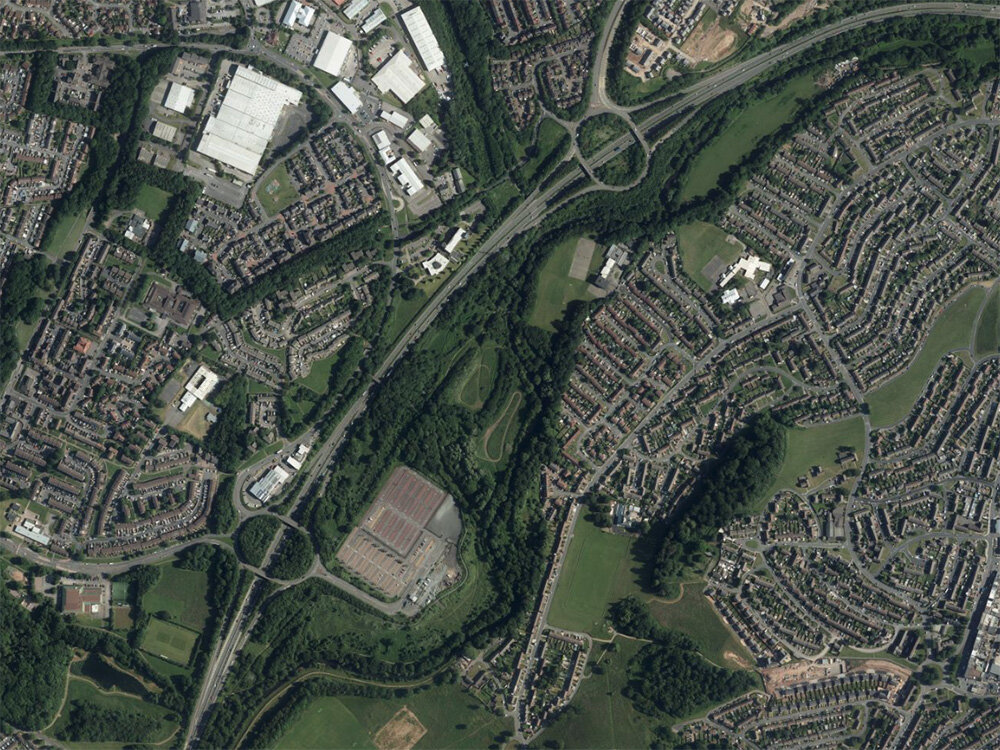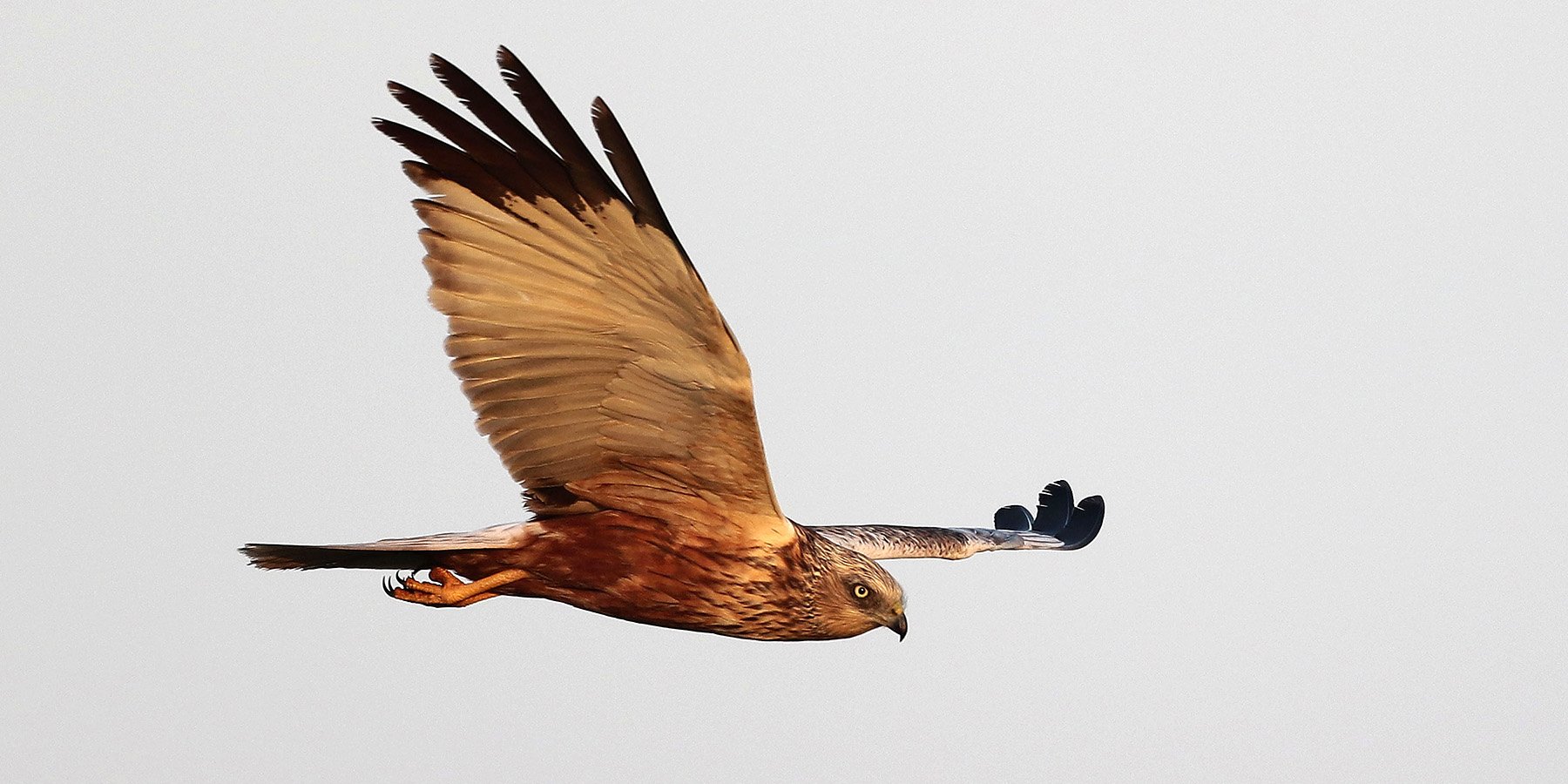History RAT, Marion Sweeney, has been researching Llanedeyrn (formerly Llanedarne), an area on the western edge of the Wentlooge Levels, now part of Cardiff. Here she recounts the life and times of Lewis Jones, resident, farmer and bardic poet.
Lewis Jones was born on 30 March 1829 in St Mellons and baptised on 4 October of that year at the Penuel Calvanistic Methodist chapel in Tredegar. He spent most of his adult life as a tenant farmer in the parish of Llanedarne (today known as Llanedeyrn). For over twenty years, he lived at Gorswg Farm, fifty-eight acres of arable and pasture on the banks of the river Rhymney (‘Gorswg’ translates as ‘marsh’).
Jones was a well-known local figure and extensively involved in community life. One of his roles was to distribute funds collected from the Poor Rate to needy inhabitants of the parish. He also acted as organising secretary for sheep-shearing matches. The contest in May 1878 took place at Cardiff Arms Park, and was said to have resulted in ‘great improvements in the shearing of sheep’. In 1881, he was offered ‘great praise [...] for his exertions’ in organising the annual Cardiff sheep-shearing contest.
He was also known as the Bardic Poet ‘Gorswg’, writing verse for competition, including his prizewinning stanzas entitled The Weaver. He also frequently wrote poems to commemorate local events. His poem Englynion was recited at the laying of a foundation stone at Penygroes Schoolhouse, Llanedeyrn, on 24 October 1887.
Gorswg was a keen promoter of the Welsh language. In his capacity as the Llanedarne representative for the South Wales Eisteddfod, he published a series of essays written by Eistedfodd competition winners on ‘the propriety of maintaining the Cymric language’. He was also involved in a dispute between Bards, signing a public letter decrying the Anglicisation of the Eisteddfod, bias in the selection of judges, and the alleged reservation of the bulk of the prizes for ‘the North Wales contingent’. One newspaper headline read ‘The Bardic World in a Ferment.’
St Edeyrn’s Church, Llandeyrn (Marion Sweeney)
Lewis Jones died in 1902 aged seventy-two. He is buried at St Edeyrn’s church, Llanedeyrn, next to his wife Ann, who died in 1913.
In 1922, Gorswg Farm was sold. The sales particulars describe the farm as being ‘bounded on the South by the Rhymney River, with a South aspect, and owing to its proximity to Cardiff, a considerable area of the land has prospective value for building purposes.’ Today, the busy A48 cuts through the former farm, and St Teilo’s Church in Wales High School occupies part of the site.
Map showing the Gorswg farm estate (orange) on the 1901 OS map and an aerial view of the same area today.
Englynion
A foundation stone is a cornerstone of the work – that becomes
A whittled artwork;
A piece of decoration
It remains for a long time.
Unless beautiful behold dignity – Llanedeyrn
Fully embodies our purpose;
Cheerful in her flush is Miss Grace
Above the stone and her benevolence/kindness.
Delivered at the placing of the foundation stone by Miss Grace Kemeys-Tynte, in Penygroes Schoolhouse, Llanedeyrn, 24th October 1887.
Englyn (plural englynion) is a traditional form of poetry found in Wales and Cornwall.











![Wesleyan Methodist chapel Castleton (Penny Gregson)[2].jpg](https://images.squarespace-cdn.com/content/v1/5a1d5fb38a02c70db7c34f81/fe4960cd-db68-469d-8411-f5e21327e383/Wesleyan+Methodist+chapel+Castleton+%28Penny+Gregson%29%5B2%5D.jpg)
